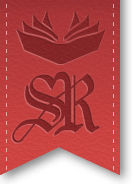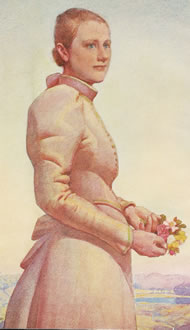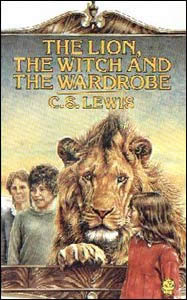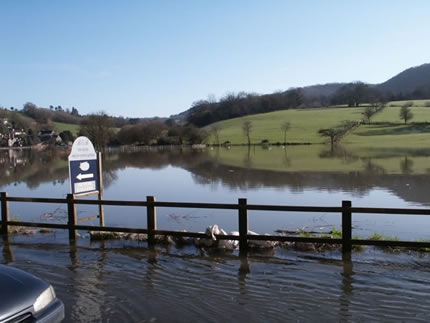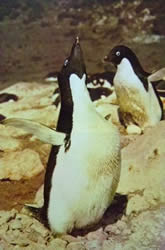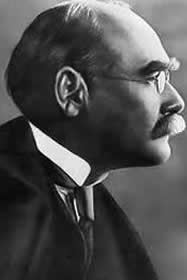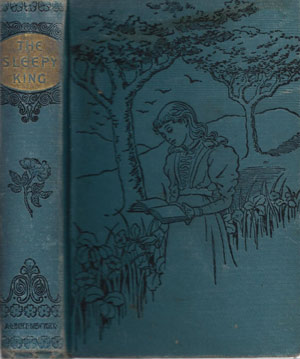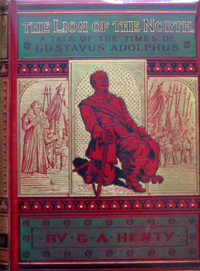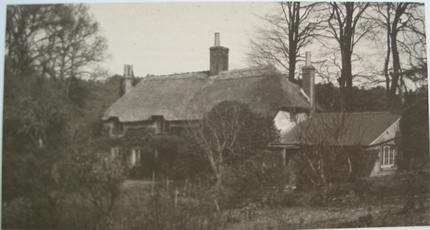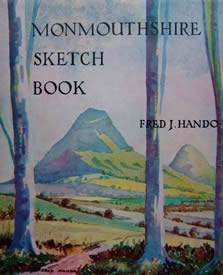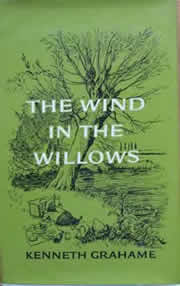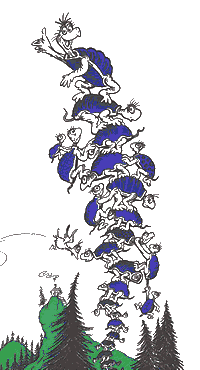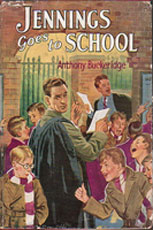Miss Read
Miss Read in her beautifully bucolic books continues in the genre started by Mrs. Gaskell's Cranford in the early nineteenth century and continued by Flora Thompson with Lark Rise at the end of the nineteenth and the very beginnings of the twentieth century. The tittle-tattle and petty politics of village life after the second world war are deliciously documented.
The residents of Cranford worried over the new railway altering their way of life, so too, the residents of Fairacre worry that the new housing estate will alter theirs.
Did the Golden Days of Miss Read's books really exist? Probably not but it is perhaps our desire to believe that they did that has driven the immense popularity of the stories as we search for those gentle times.
